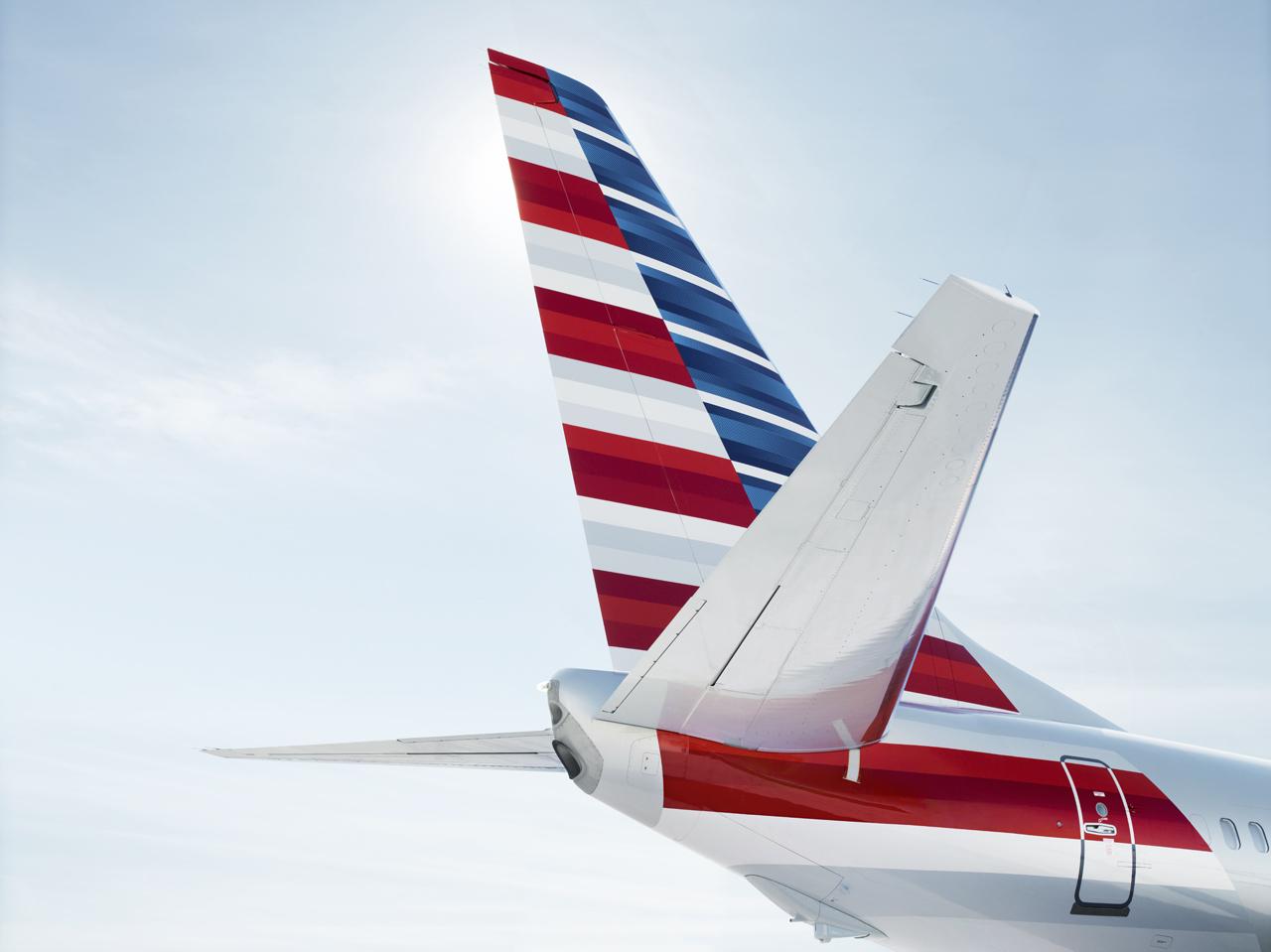
American Airlines is using the air travel downturn as an opportunity to expand into the U.S. northeast and west coast markets where the carrier has struggled for years to compete against Delta Air Lines and United Airlines.
Nearly half of American’s total capacity is deployed at its two largest hubs in Charlotte, North Carolina and Dallas-Fort Worth (DFW), where it commands revenue premiums of 10-12% over the industry average, American chief revenue officer Vasu Raja said on the company’s 2020 second quarter (Q2) earnings call July 23. By contrast, the airline’s operations in the northeast and west coast produce a 10% unit revenue deficit, leaving it in a precarious competitive position in those critical markets.
“We are in a situation where we’re really too small to win and too big to exit,” Raja said of coastal markets like Boston, New York and Seattle.
American is eager to rectify that imbalance through codeshare partnerships with Seattle-based Alaska Airlines and New York-based JetBlue. Those carriers will provide feed in their coastal strongholds that American will rely on to launch a slate of new long-haul routes in 2021, including Seattle-Bangalore (India) and New York JFK-Tel Aviv. “The play here is that, if we can do this, we go and attract more customers to our joined-up networks,” Raja said. “Financially, that rectifies a very massive revenue problem that we have across our hub system and creates a really pro-competitive outcome.”
American leaned heavily into its DFW and Charlotte hubs during the quarter ended June 30, as the region was spared the brunt of the initial wave of the COVID-19 pandemic, which had a far greater impact in the northeast and west coast regions than the country’s interior. That situation has largely reversed, however, with infection rates rising in July across the southern U.S., reducing demand at both of American’s main hubs. As a result, the carrier is cutting flights from its August schedule and now plans to operate 40% of its year-ago capacity during the third quarter (Q3), less than previously planned but still more than either Delta (25%) or United (35%).
“We made a tactical decision to fly a larger schedule than some of our competitors did, keeping our connecting hubs in Dallas-Fort Worth and Charlotte larger than the rest of our network,” American chairman and CEO Doug Parker said. “The hubs at DFW and Charlotte performed particularly well, with 80% of our flights operating at over 60% load factors in June. But this rate of improvement is going to slow ... due to increasing infection rates and state and local quarantines.”
American’s greater capacity has also translated to increased cash burn, as the company bled $55 million per day in Q2, compared to $43 million at Delta and $40 million at United. Still, American has managed to trim daily losses to $30 million by the end of June through aggressive cost-cutting, roughly in line with its main rivals. Management said the company remains on track to be cash-positive by 2021—which will be key to managing a ballooning $50 billion debt load—helped on by expectations of higher demand and lower labor costs in the second half of 2020.
American posted a Q2 net loss of $2.1 billion, reversed from a $662 million net profit a year ago, on total operating revenue of $1.6 billion, an 86% drop from $11.96 billion in 2Q 2019. By comparison, United recorded a $1.6 billion net loss, while Delta had the industry’s largest at $5.7 billion, adjusted down to 3.2 billion when certain one-off expenses related to fleet retirements are subtracted out.
The company ended the June quarter with $10.2 billion in liquidity, which it expects to grow to $16.2 billion in Q3, including the proceeds generated from two recently announced secured notes transactions worth $1.2 billion, and a U.S. Treasury Department loan worth $4.75 billion that the company expects to close in the third quarter.





